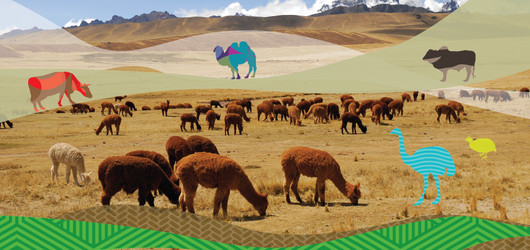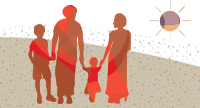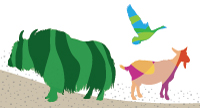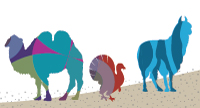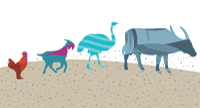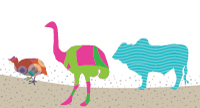Tools
DAD-IS provides you with tools to monitor national breed populations and with this, to make informed decisions on the management of animal genetic resources. More than 15 000 national breed populations (representing more than 8 800 breeds and about 40 species) from 182 countries are recorded.
You can measure progress made towards target 2.5 under the Sustainable Development Goals (SDG) focusing on the maintenance of the genetic diversity of farmed and domesticated animals. Try our tools!
Results
Breed Diversity
Mammalian and avian livestock breeds are reported to occur either in only a single country (local breeds), in several countries in one region (regional transboundary) or in different regions of the world (international transboundary).
Local Breeds at Risk of Extinction
Observing the proportion of local breeds, classified as being at risk, not-at risk or of unknown level of risk of extinction and the SDG indicator 2.5.2, helps you to understand the situation of the genetic diversity of farmed and domesticated animals.

